Mold exposure can be dangerous if not addressed quickly and efficiently. It is important to recognize and address certain risks to alleviate the impact of mold.
Common mold symptoms:
- Having trouble breathing
- Irritated eyes, nose, lungs, and throat
- Coughing and cold-like symptoms
Certain groups of people are more susceptible to the effects of mold, including:
- Young, old, and people who are immunocompromised
- Those with asthma
- Those with seasonal allergies
Causes of Mold
Mold loves to congregate and spread in places with high moisture. The humid climate in Charleston, for example, along with plumbing leaks, flooding from water damage, HVAC system problems, and window or roof leaks can all contribute to increased wetness.
Similarly, the age of your property, ventilation, and certain building materials (e.g., drywall, particleboard, and plywood) can also make mold growth worse. It is crucial to prioritize frequent inspections, repair any water leaks or plumbing problems, and check ventilation levels in your property.
This is where Rainbow Restoration of Charleston comes in. We offer thoughtful inspections to gauge and resolve contributing mold factors and provide customized solutions to mitigate mold growth and protect your investment.
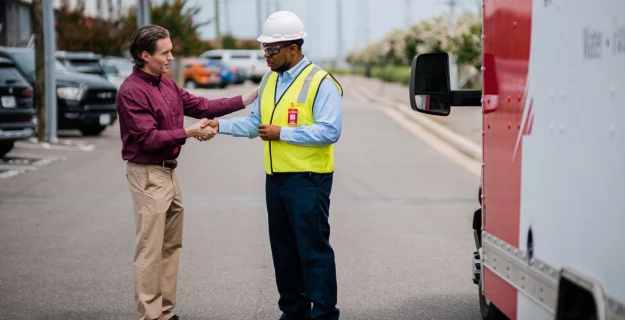
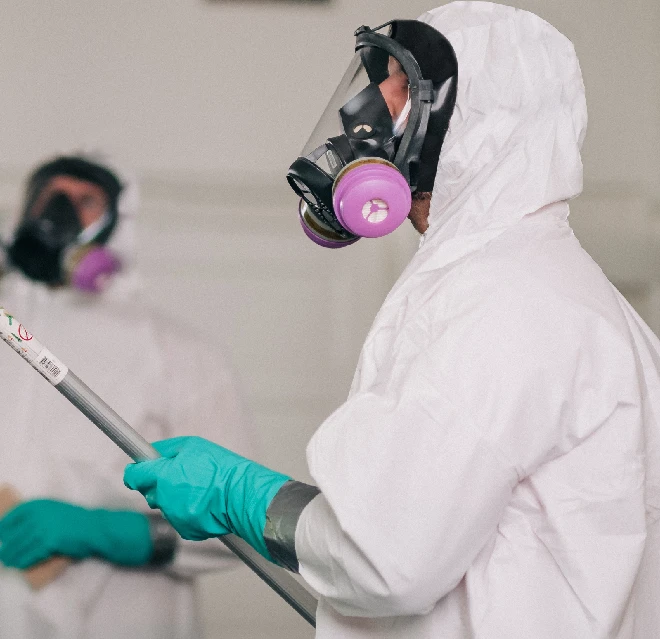
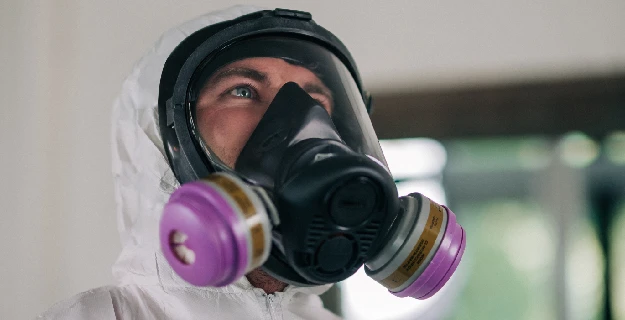
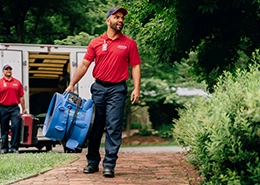
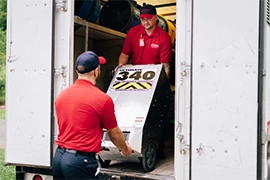
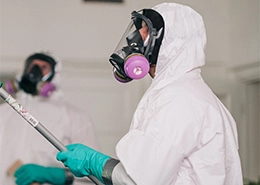

.webp)
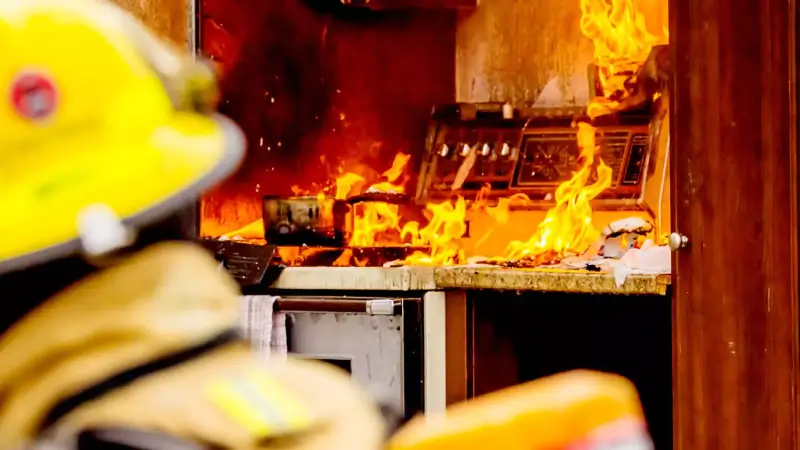
.webp)